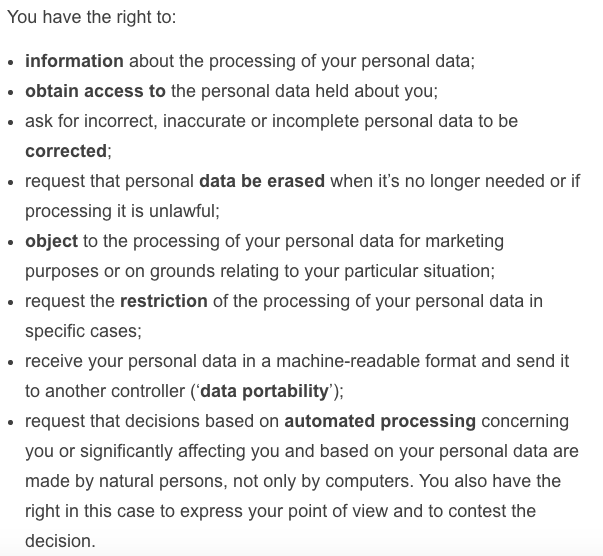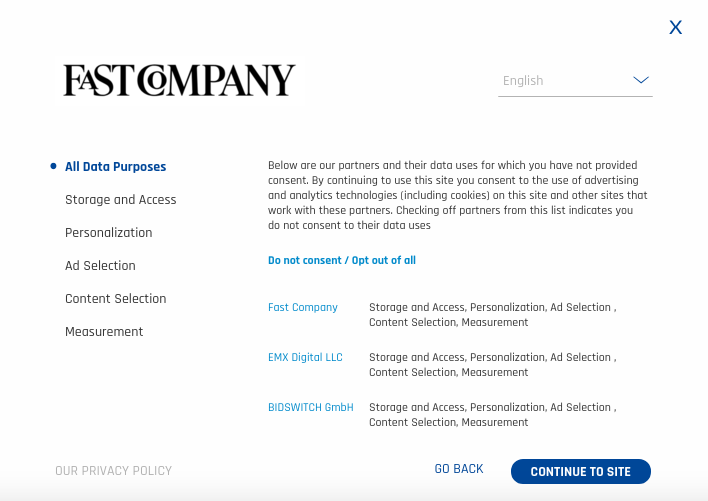It’s a term coined almost twenty years ago, referring to the act of searching for your own name, pseudonym, or handle online to see what information appears.
We often place a negative association on displays of egos, and references to ego surfing on the internet are generally negative or sarcastic.
But ego surfing can be a smart thing to do.
Just as companies manage their online presence and their online reputation so should you, I think this should be an ongoing action, but I’m sure people think of it more when they’re job seeking.
If you’re a random, unfamous person like me, the occasional search on major search engines will be enough. Here’s how I do it;
- Use a browser I don’t use very often
- Log out of any accounts, particularly Google
- Clear browsing history and cookies
- Search for my name, and the name of the blogs I write
- Search for the key topics I write about in the hope that my name/blog appears connected to those topics.
It’s important to use a “clean” browser to do this as Google will give you adjusted results based on your location, browsing history and login.
If you find content that shouldn’t be publicly available you have a few options to remove it; WikiHow provides a list of actions you can take. In some cases Google will remove content that they index if it could lead to identity theft (although they won’t remove your date of birth). In some situations EU residents can ask to be “forgotten” by Google when information is dated and has a negative reputational impact.
There are therefore two very good reasons for searching your own name; to check that your name isn’t associated with negative information and to make sure that the content you are publishing is building your reputation in your field of expertise.
The algorithms used by search engines prioritise content that is useful, rewarding content sources that provide useful content, and ranking content higher that is clicked on. Most people won’t click on “next page” of a google search so it’s really important that your content is on the first page of results, in fact there’s a joke in Search Engine Optimisation about hiding anything you don’t want anyone to find on page two of Google results.
If you find that your prized content is not ranking highly in search results the thing to do is create more quality, useful content, generate more links to that content and wait. If you’re a public figure and find you are turning up in search results connected to negative events, the way to change that is to start doing a lot of good things, media will create reports on the good things and that’s what will appear connected to your name in a very short time.
Algorithms can have inherent bias, but they mostly reward content that is useful, often clicked and newsworthy.
The sculpture in the header image of this post was set alight, and burnt in a matter of minutes. So much for an ego.
Image: Art: Ego | Michael & Sandy | CC BY-NC-ND 2.0
















